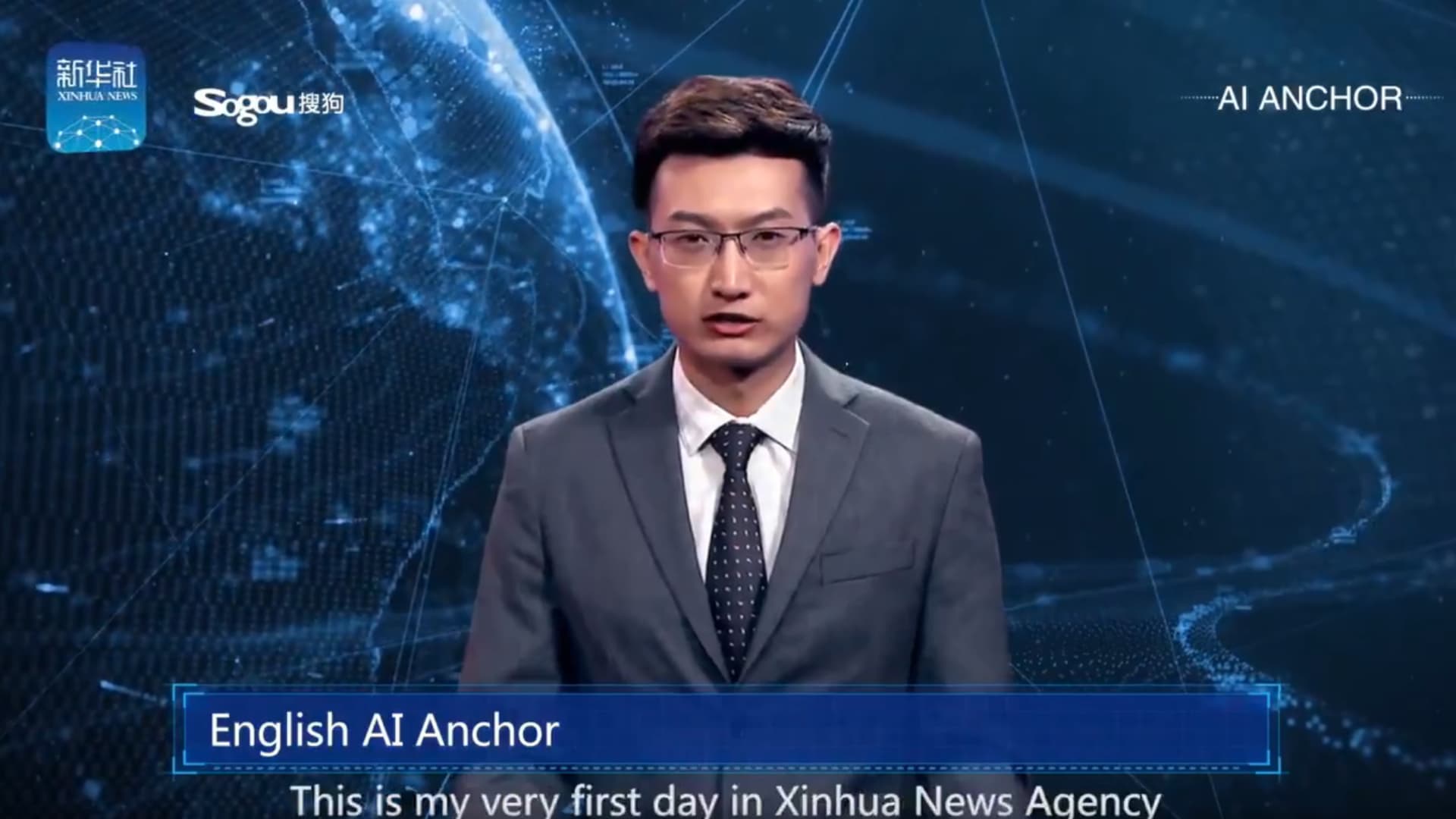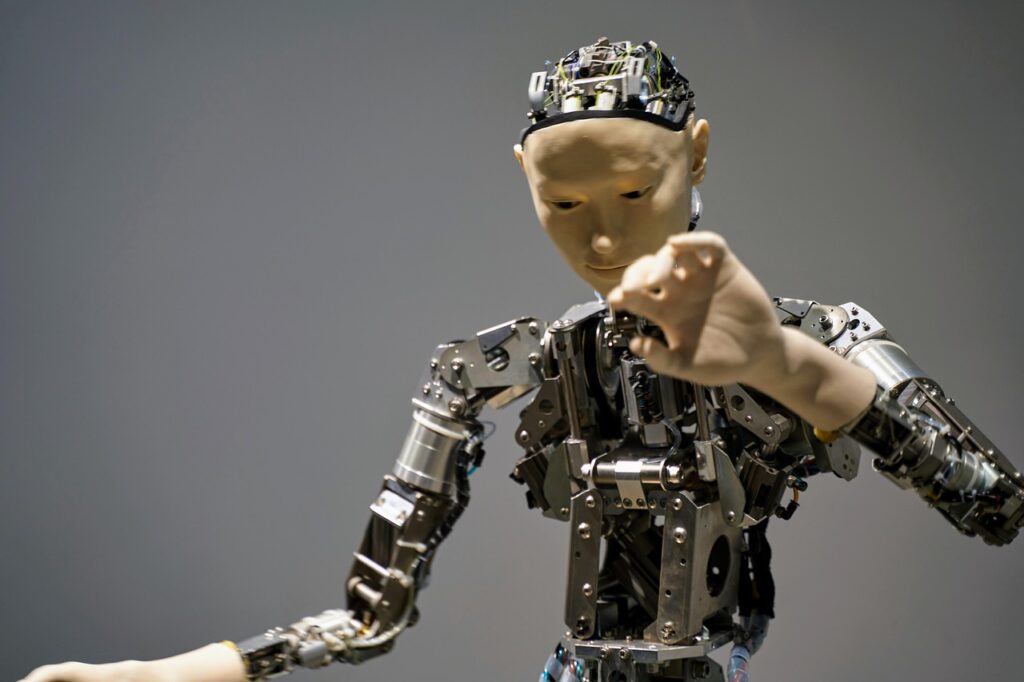In a dystopian twist that would make Black Mirror writers nod knowingly, China’s next generation of would-be TV anchors is being ghosted—not by hiring managers, but by their digital doppelgängers.
Chinese media outlets are increasingly adopting AI-powered news anchors that never blink, stumble, or demand raises, leaving human journalism graduates facing an existential crisis in an already brutal job market.
The timing couldn’t be worse. A record-breaking 12 million university graduates are flooding China’s job market in 2025. Mass communications graduates face heightened competition as AI automates entry-level roles, though similar pressures affect AI-focused graduates due to market saturation.

The trend began years ago when state news agency Xinhua introduced virtual anchors capable of delivering flawless broadcasts 24/7. What started as a novelty has evolved into an industry standard, with major broadcasters like CCTV and regional stations across Zhejiang, Hunan, and Shanghai now deploying AI clones of human hosts as part of a 2021 regulatory plan for AI integration into broadcasting.
Hangzhou News exemplifies this shift, operating six AI anchors with “uncanny human verisimilitude” that handle live broadcasts during peak leave periods while exhibiting zero operational errors. These systems don’t just read scripts—they’re designed to mimic human delivery, complete with appropriate facial expressions and gestures. From a pure efficiency standpoint, the appeal to network executives is obvious.

The AI anchors use advanced DeepSeek-V3 architecture for natural language processing, delivering teleprompter narration with kinetic fluidity and facial micro-expressions that rival human broadcasters. They operate 24/7, cost significantly less than human staff, and eliminate the possibility of on-air mistakes.
The AI takeover extends beyond the anchor desk. Content creation, editing (blink blink…), and automated editorial functions are all increasingly digitized, further shrinking opportunities in an industry that once promised stable, prestigious careers.
State media promotes AI job growth through China’s “AI+ initiative,” but on-the-ground demand lags behind hype, with elite graduates prioritized over non-technical majors. Job fairs advertise only around 10,000 AI positions nationally, while vocational schools face particular challenges reskilling students for AI roles due to stigma and skill gaps.
Experts concede that AI cannot replicate warmth, emotional timing, or spontaneous reactions to breaking news. Human anchors must now pivot toward “something more” than script-reading to remain relevant.
For today’s graduates, such philosophical concerns take a backseat to survival. Many are exploring adjacent fields like content marketing or considering entirely different industries for more stable career prospects.

Cover image via CNBC.
















